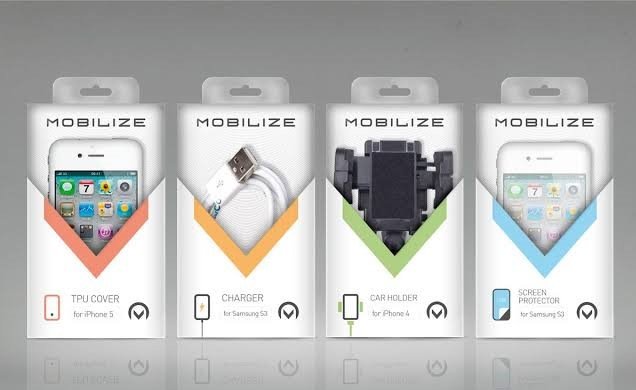The practice of rainwater harvesting, also known as roof water harvesting, involves setting up systems that allow any rainwater that falls on roofs to flow to rainwater collection tanks and not on the ground. The rain stored in tanks can then be used for a few chores that require the use of water, like gardening and driveway cleaning.
While rain is clean, rainwater that’s already in the tank is generally not recommended for use in tasks like handwashing, dishwashing, and clothes washing. Drops pick up dust and other impurities when they land on roofs. In urban locations, it’s worse because drops pick up impurities whilst still on the way down.
As such, rain in tanks should be further purified to become suitable for more chores and important tasks.
That said, rainwater harvesting can cost much in terms of time and money. Despite all the effort and money needed to get the most out of a rainwater harvesting system, having one in your home is still better than having none.
Here are the benefits of having a rainwater storage tank in your property.
Contents
Benefits Of Rainwater:
You Save Money
If you live in an area that gets a lot of rain each year, a system that’s properly set up will allow you to save significant a good amount of money on water each month. Remember that you pay for every liter of water that is sprayed out a garden hose.
You Help Prevent the Depletion of Local Water Supply
Water that flows to the taps of houses comes from underground sources and surface bodies of water. If more people use water supplied by the utility companies, time will come when there won’t be enough for all. Thus, by building your own rainwater collection system, you help prevent shortages.
You Help Save Energy
Also, it goes without saying that water from underground and surface sources isn’t 100% safe for human consumption. It has to be filtered or cleaned using energy-intensive procedures. Thus, by building your own rainwater collection system, you take part in lessening the energy consumption involved in the filtering of surface- and underground-sourced water.
You Help Prevent Flooding and Erosion in an Area
The practice of rainwater harvesting can reduce erosion and flooding near downspouts. It also helps in controlling stormwater runoff. When heavy rains come, there is a tendency for stormwater infrastructure to be overwhelmed. When this happens, both sewage and contaminated water will overflow into groundwater.
If rain falls onto concrete, asphalt, and other impervious surfaces, it won’t go into the ground. Because it does not go into the ground, it cannot help replenish groundwater. When it flows across man-made structures like parking lots, it will pick up pollutants. This will eventually reach the water supply. With rainwater harvesting, you can reduce how much water adds to runoff.
If, by this point, you’re convinced that you need to build your own residential rainwater harvesting system, here are the best ways to go about it.
Rainwater harvesting systems are typically composed of the following:
A collection surface or catchment area
The catchment area needs to be an impermeable surface, and the best one to use is the roof of your home. Just make sure the roof to be used is made of non-toxic material.
Conveyance system
This can include gutters as well as downspouts which lead water from collection surface to water tank.
Filters and Diverters
Both things prevent dirt and leaves from entering the water tank and mix with the water.
Tank
Choose one that can fit in your property and store enough water for your household.
Water treatments
The treatments to install in the system will depend on how you intend to use the water. Options include carbon filtration and drip irrigation.
Distribution system
Transports water from containers to parts of the home where water will be needed. Options include gravity systems or pumps.
How to Set the System Up
The first step is to evaluate the site. Determine where on the premises the rain pools, flow and drains. It’s also important to determine your property’s exact size, boundaries, and the exact location of electric and plumbing lines. From there, you can determine where to place the tank.
Next, determine the required components for the system. Consider tank location, tank size, collection surface size, treatment methods, and preferred distribution method. You may need to consult a professional rainwater harvesting system(rainwater collection system) installers for this step.
Once you have determined the components your system needs to have, as well as the exact locations of these components, the next step is selecting an installation expert. Make sure the chosen installation expert is knowledgeable, experienced, and licensed.
After the installation, make sure to ask the installer the best ways to keep the system clean and functional at all times. This way, your system can last several decades in your place.
Read More:






















